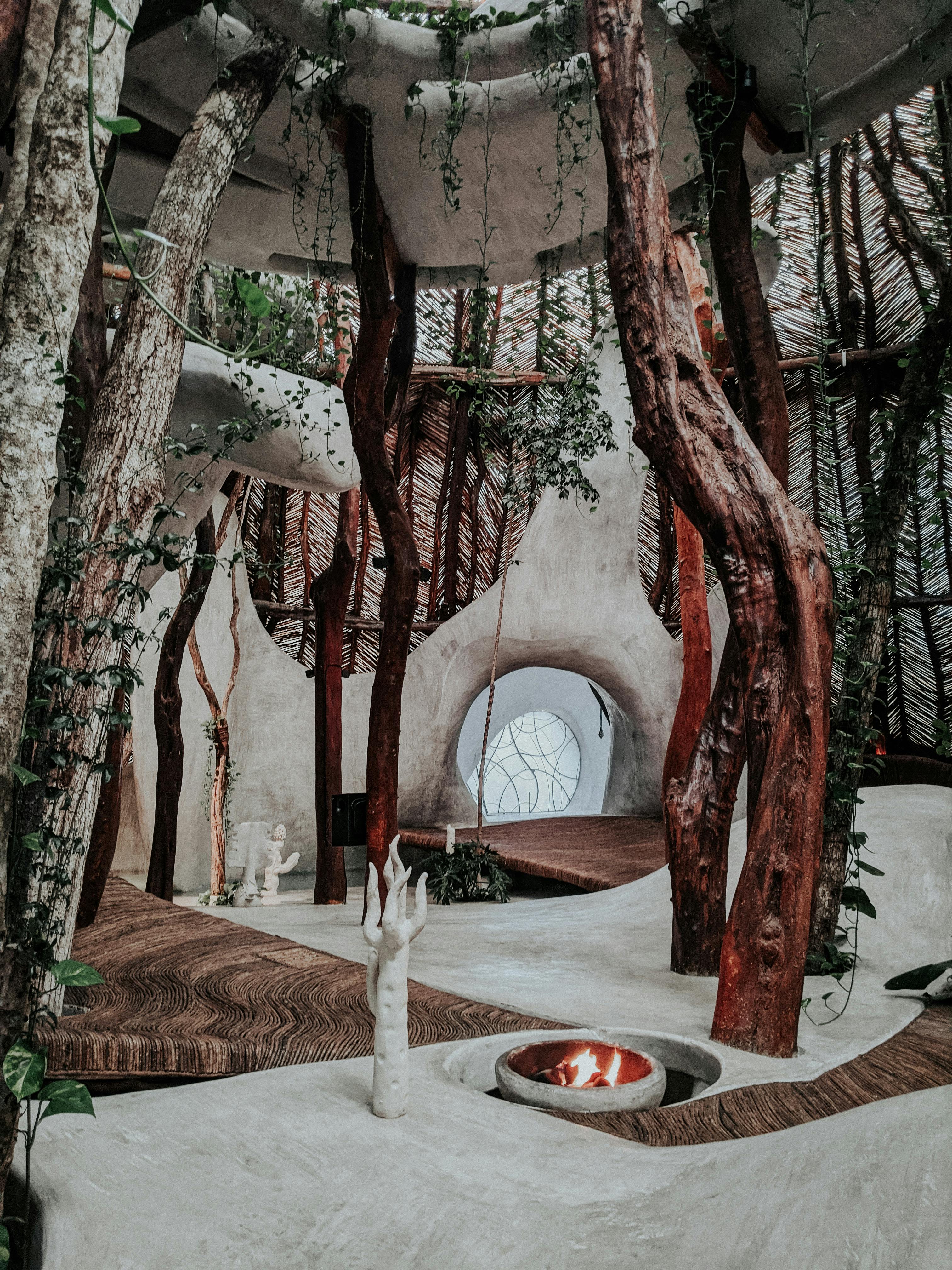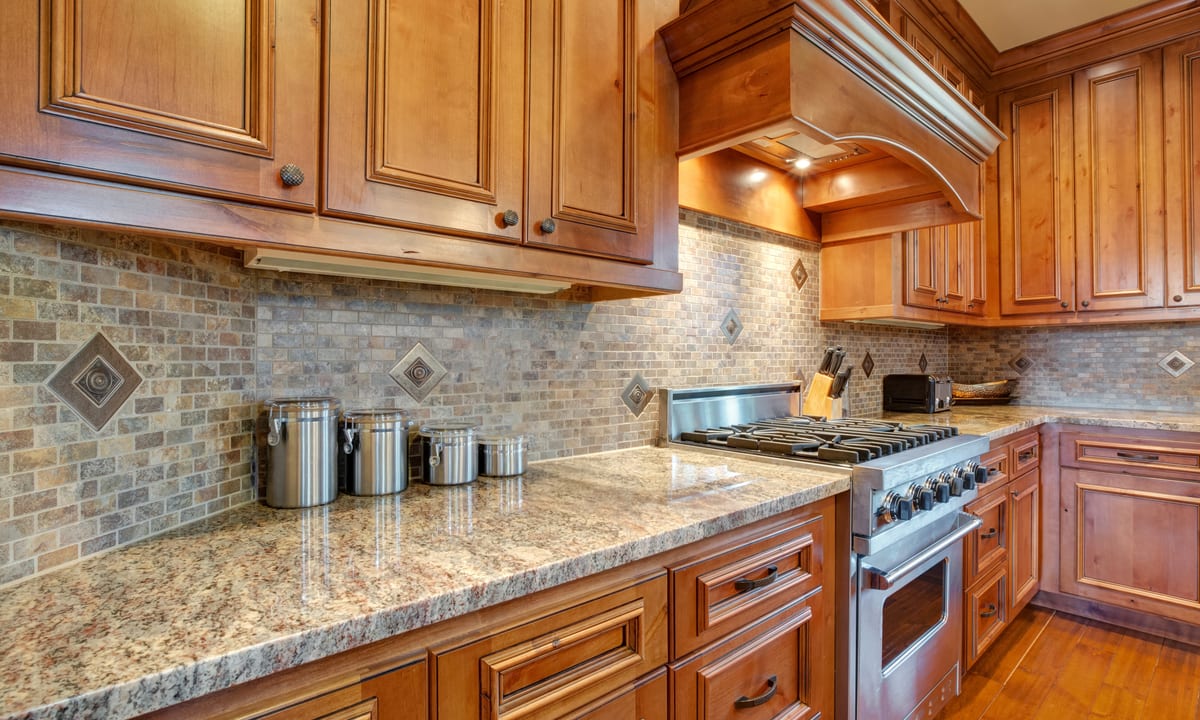Revolutionizing Business with Biophilic Design
Integrating nature into corporate spaces for enhanced productivity and well-being In today's fast-paced business world, companies are constantly seeking innovative ways to boost productivity, employee satisfaction, and overall performance. One emerging trend that's gaining traction is the implementation of biophilic design in corporate environments. This approach, which incorporates natural elements into built spaces, is transforming the way businesses operate and interact with their workforce. By harnessing the power of nature, companies are creating more vibrant, healthier, and more productive workplaces.

In the context of business and industrial environments, biophilic design seeks to satisfy this natural affinity by incorporating elements of nature into built spaces. This can include everything from living walls and indoor gardens to natural lighting and materials that mimic organic textures and patterns.
The Business Case for Biophilic Design
Implementing biophilic design principles in corporate settings goes beyond mere aesthetics. Research has shown that exposure to natural elements can have significant positive impacts on employee well-being, productivity, and overall business performance. A study by Human Spaces found that employees working in environments with natural elements reported a 15% higher level of well-being, a 6% increase in productivity, and a 15% increase in creativity compared to those in spaces without these elements.
Moreover, biophilic design can lead to reduced absenteeism, lower stress levels, and improved cognitive function among employees. These benefits translate directly to the bottom line, making biophilic design not just an aesthetic choice, but a smart business decision.
Implementing Biophilic Design in Corporate Spaces
Incorporating biophilic design into a business environment can take many forms, depending on the specific needs and constraints of the organization. Some common strategies include:
-
Living walls: Vertical gardens installed indoors not only provide a striking visual element but also improve air quality and acoustic performance.
-
Natural lighting: Maximizing exposure to natural light through large windows, skylights, or light tubes can improve mood and regulate circadian rhythms.
-
Water features: The sight and sound of water can have a calming effect, reducing stress and improving focus.
-
Biomorphic forms and patterns: Incorporating designs that mimic natural shapes and patterns can subconsciously connect employees to nature.
-
Use of natural materials: Incorporating wood, stone, and other natural materials can create a more organic and inviting environment.
Overcoming Challenges in Biophilic Implementation
While the benefits of biophilic design are clear, implementing these principles in existing corporate spaces can present challenges. One major hurdle is the initial cost of retrofitting spaces with natural elements. However, many companies find that the long-term benefits in terms of increased productivity and employee retention far outweigh the upfront investment.
Another challenge is maintaining living elements, such as plants and water features, in a corporate environment. This requires ongoing care and maintenance, which may necessitate new staff roles or partnerships with specialized maintenance companies.
Case Studies: Biophilic Success Stories
Several high-profile companies have successfully implemented biophilic design principles in their corporate spaces. Amazon’s Spheres in Seattle, for example, feature a four-story living wall and over 40,000 plants from around the world. Employees can work, meet, and relax in this lush, forest-like environment.
Similarly, Microsoft’s treehouse meeting spaces in Redmond, Washington, take the concept of biophilic design to new heights. These elevated meeting rooms, nestled among Douglas fir trees, provide employees with a direct connection to nature during their workday.
Practical Strategies for Biophilic Integration
• Start small: Begin with potted plants or small green walls in common areas.
• Prioritize natural light: Rearrange workspaces to maximize access to windows and natural light.
• Incorporate nature-inspired art: Use photographs or paintings of natural scenes to create a connection with nature.
• Choose natural colors: Opt for earth tones and green hues in your color palette.
• Create outdoor work areas: If possible, designate spaces for outdoor meetings or individual work.
In conclusion, biophilic design represents a powerful tool for businesses looking to create more productive, healthy, and inspiring work environments. By tapping into our innate connection with nature, companies can foster spaces that not only look good but also contribute to improved employee well-being and business performance. As we continue to spend more time in built environments, the integration of natural elements in our workspaces will likely become not just a trend, but a necessary aspect of thoughtful and effective business design.




